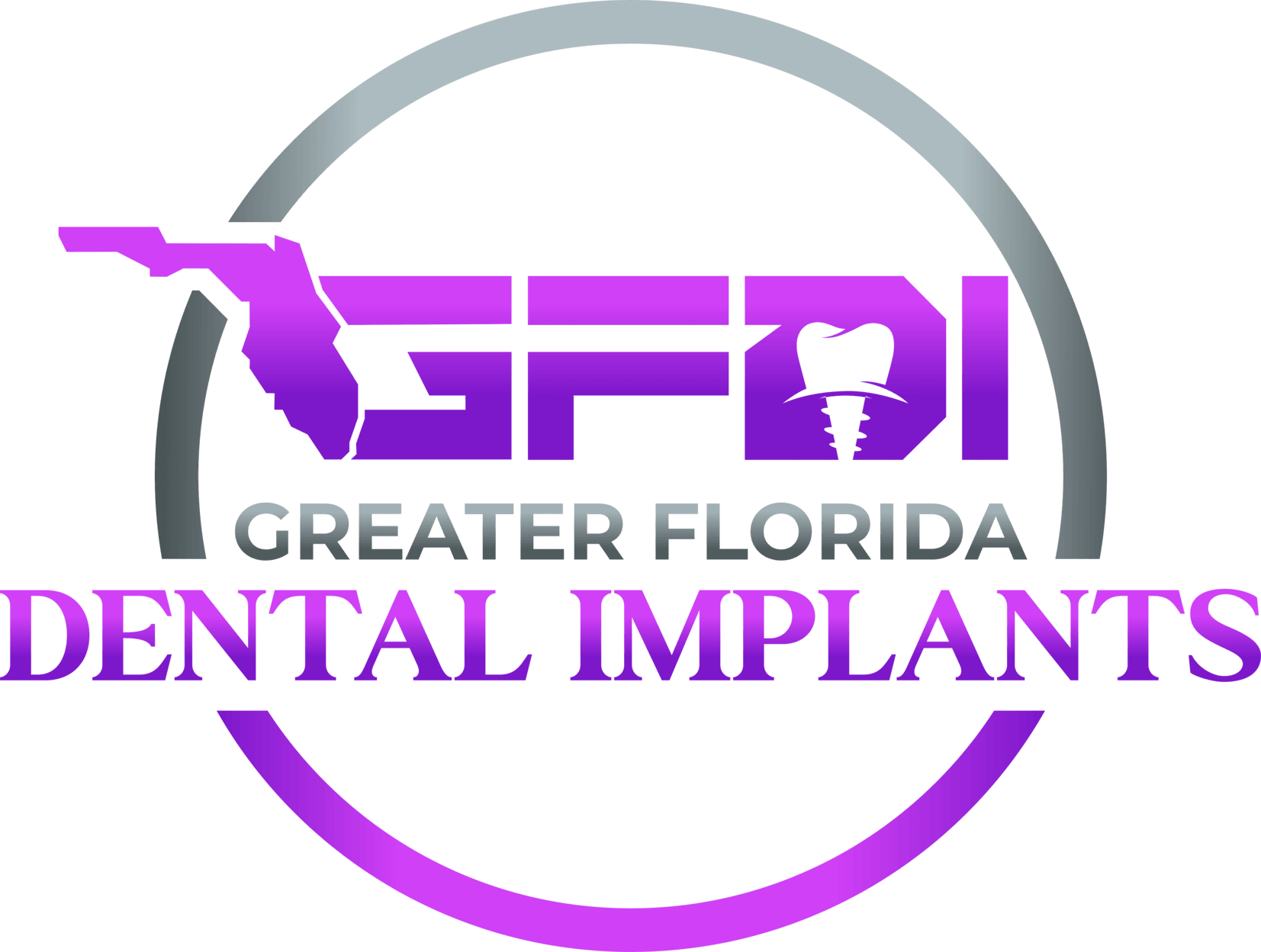Leesburg Dentist
We understand that trying to find a nearby dentist you can trust is difficult, that is why we make it easy for you to work with us.
Call For a Free Dental Implant Consultation (352) 764-4556
Same Day Emergency Dental Extractions
Dental extractions are a common procedure performed by dentists when a tooth is damaged, decayed, or causing other oral health issues that cannot be resolved through less invasive treatments. Whether it's due to severe decay, infection, overcrowding, or trauma, a dental extraction may be necessary to preserve the overall health of your mouth. Understanding the process of dental extractions, as well as the options for tooth replacement afterward, can help you make informed decisions about your dental care.
Sedation with Extractions
The procedure for a dental extraction typically begins with a thorough examination and X-rays to assess the extent of the damage and determine the most effective approach for removal. In many cases, local anesthesia is administered to numb the area around the tooth, ensuring that the patient does not feel any pain during the procedure. If the extraction is more complicated or if the patient is particularly anxious, sedation may be used as well.
About Dental Extractions
There are two main types of extractions: simple and surgical. A simple extraction is performed when a tooth is visible above the gum line and can be removed with forceps. This type of extraction is more common and typically less invasive. Surgical extractions, on the other hand, are required when a tooth is broken below the gum line or has not fully erupted. In this case, our dentist may need to make an incision in the gum to access the tooth, and sometimes the tooth is broken into smaller pieces for easier removal.
After a Dental Extraction
It’s important to follow our dentist’s aftercare instructions to ensure proper healing and avoid complications such as infection or dry socket. This usually involves keeping the area clean, avoiding certain foods, and taking pain relievers as prescribed. Swelling and discomfort are common after an extraction but typically subside after a few days.
Once the extraction site has healed, many patients consider replacing the missing tooth to restore function and appearance. One of the most popular and effective options is a dental implant. Dental implants are great for replacing a lost tooth, as they are designed to mimic the natural tooth structure. An implant consists of a titanium post that is surgically placed into the jawbone, where it integrates over time through a process called osseointegration. Once the implant has fused with the bone, a custom-made crown is placed on top, creating a natural-looking and fully functional replacement tooth.
In many cases, our dentist will recommend getting a dental implant shortly after a tooth extraction to avoid any delays in the restoration process. It’s essential to work with a skilled dentist who can evaluate your oral health and determine the best course of action. Whether you’re considering a dental implant or another replacement option, addressing tooth loss quickly can help maintain the integrity of your mouth and overall dental health. Call our office today for a free consultation.
We are your dental implant specialist!
It’s Your Smile, Let Us Help You Make It Your Best
Request A Dental Appointment
We look forward to seeing you soon! Please note, we will do our best to accommodate your schedule. You can reach us at (352) 764-4556 or complete the form below.
We ask that you arrive to your appointment 15-minutes early.
Thank you so much for contacting our dental practice. While we strive to respond to all inquiries right away, we may be away from the desk helping a patient or out of the office. We will do our best to reach back to you shortly.
Please note, if this is a dental emergency, it would be best to call our practice as this is the fastest way to reach us (352) 764-4556.
Please try again later
Leesburg Dentist
We understand that trying to find a nearby dentist you can trust is difficult, that is why we make it easy for you to work with us.
Helpful Links
Practice Hours
- Monday
- -
- Tuesday
- -
- Wednesday
- -
- Thursday
- -
- Friday
- -
- Saturday
- Closed
- Sunday
- Closed
All Rights Reserved | Greater Florida Dental Implants
All Rights Reserved | Greater Florida Dental Implants
Dentist Website Diagnosed, Treated, and Cured by Dr. Marketing Inc
